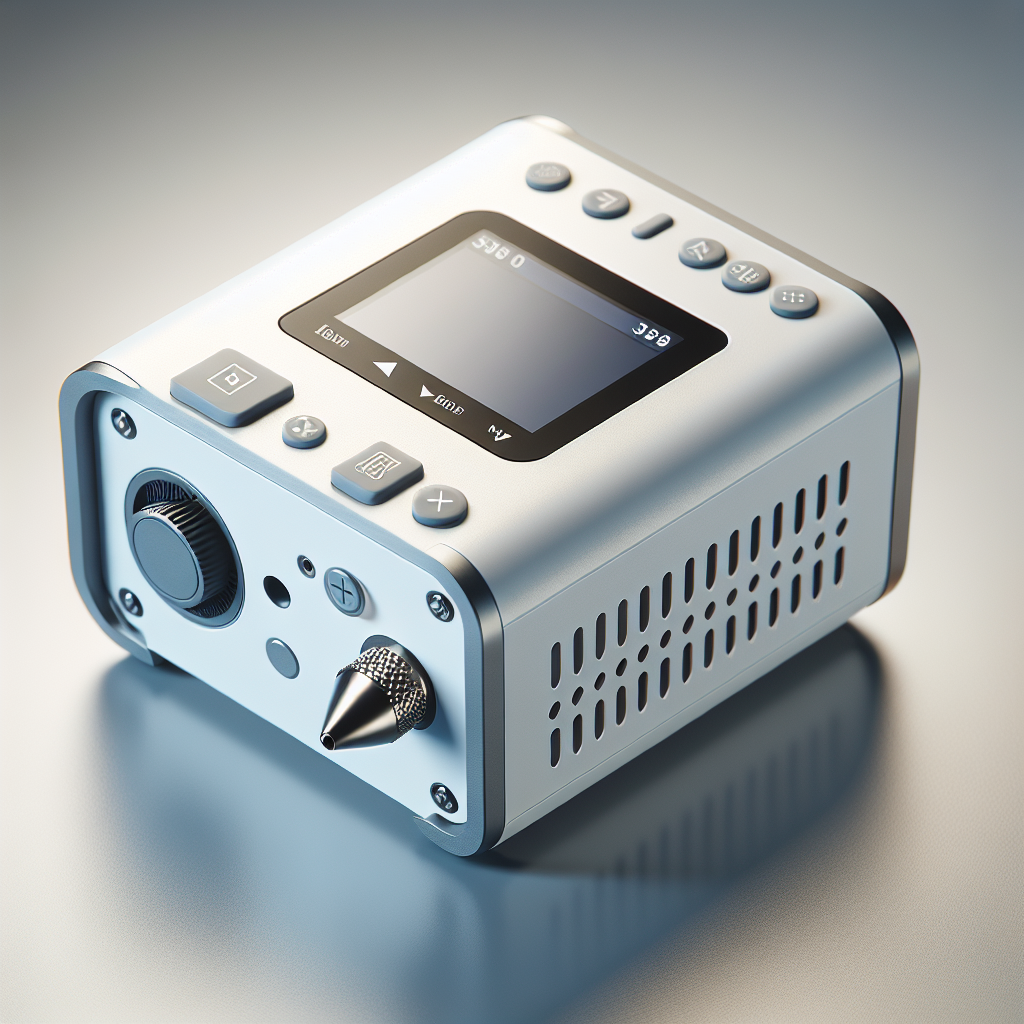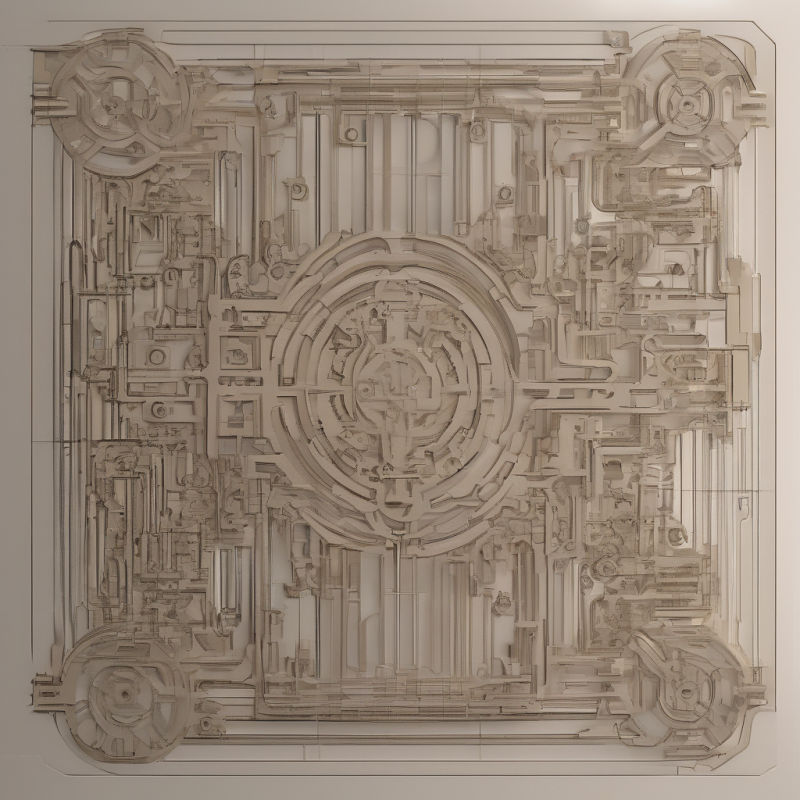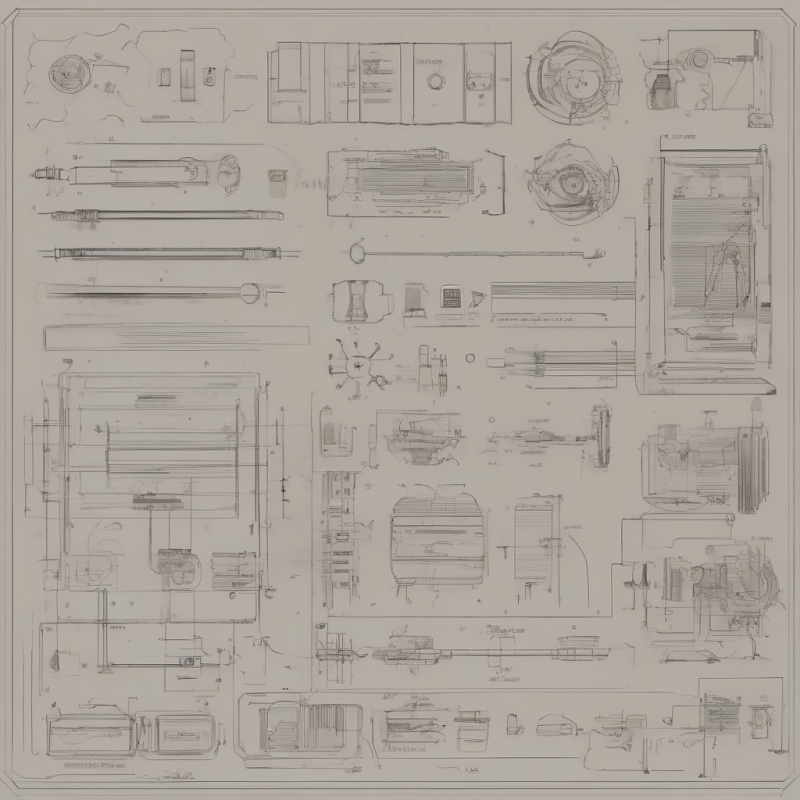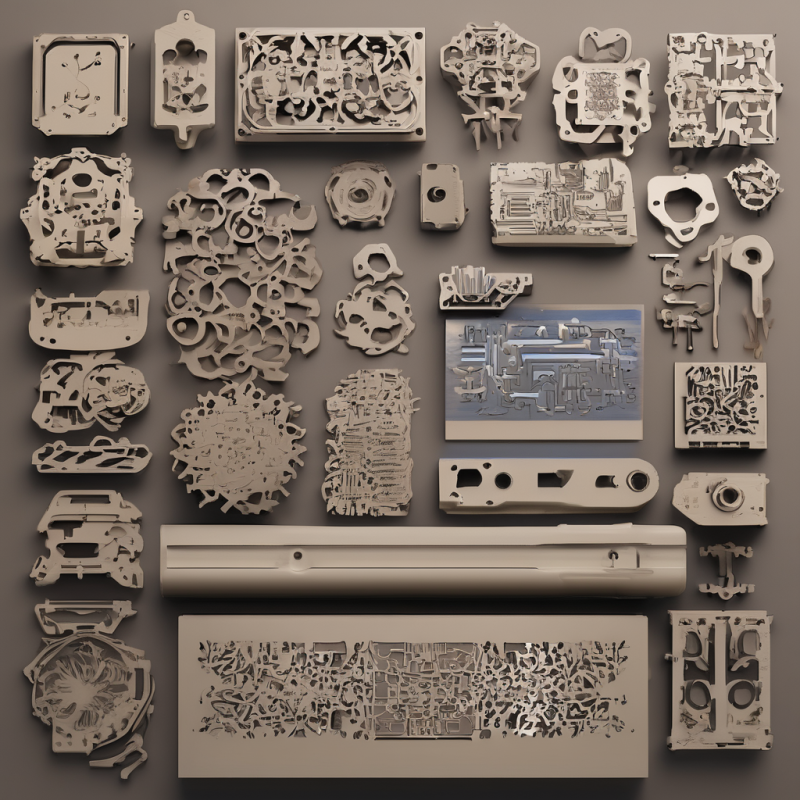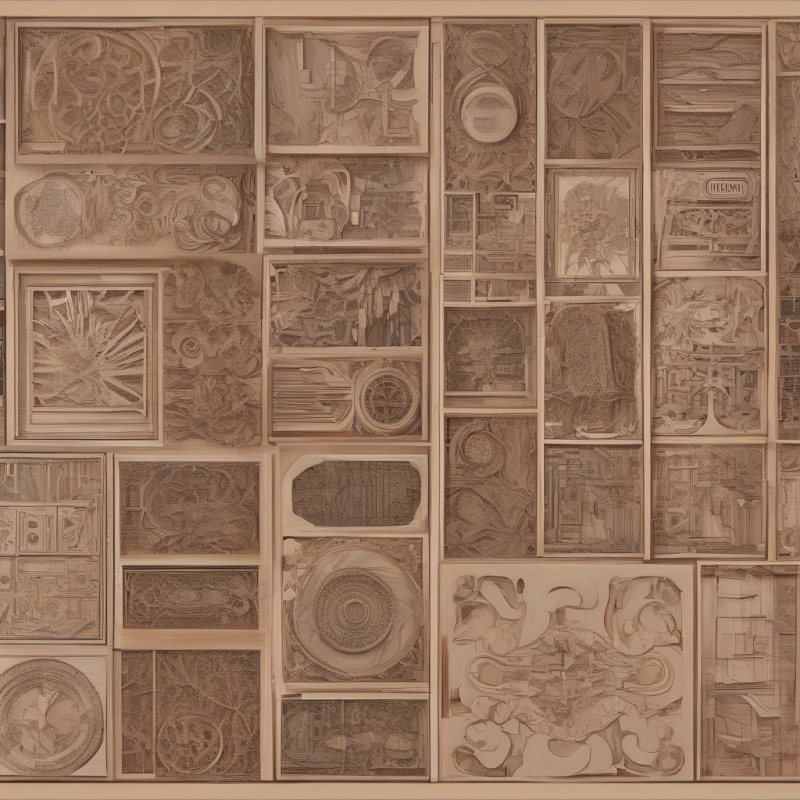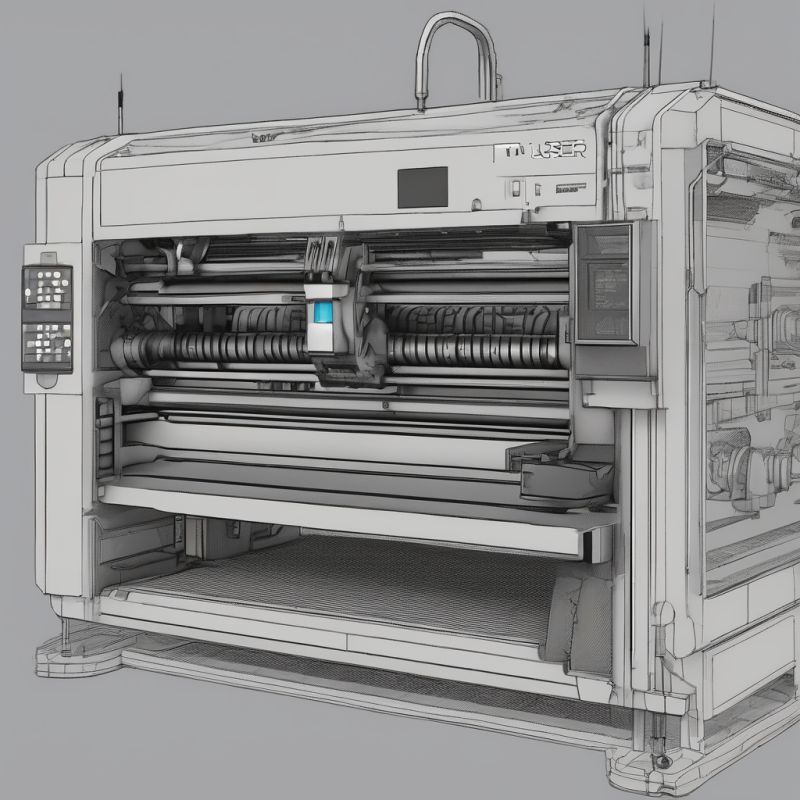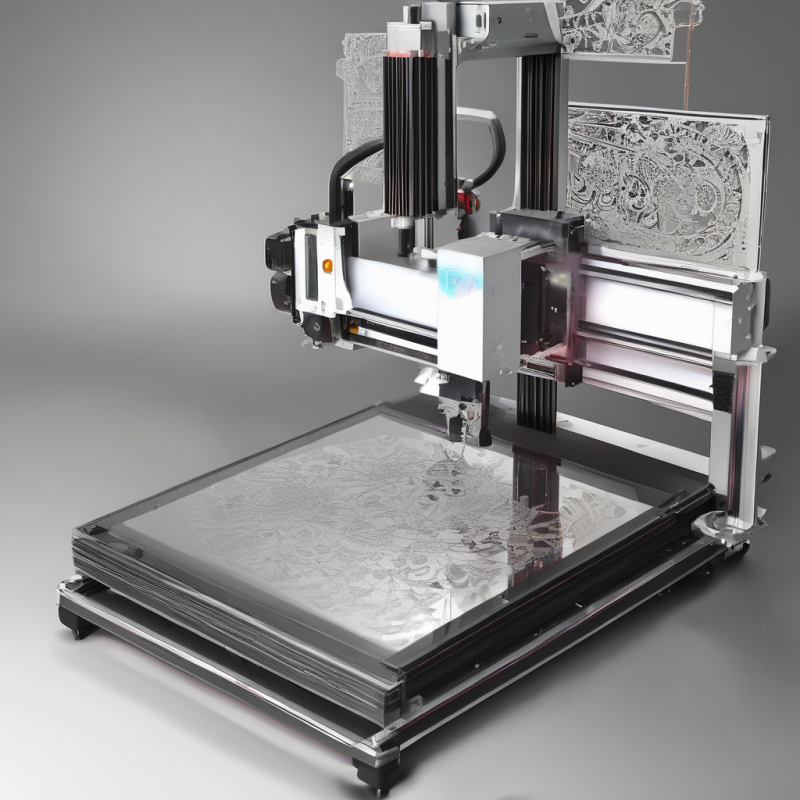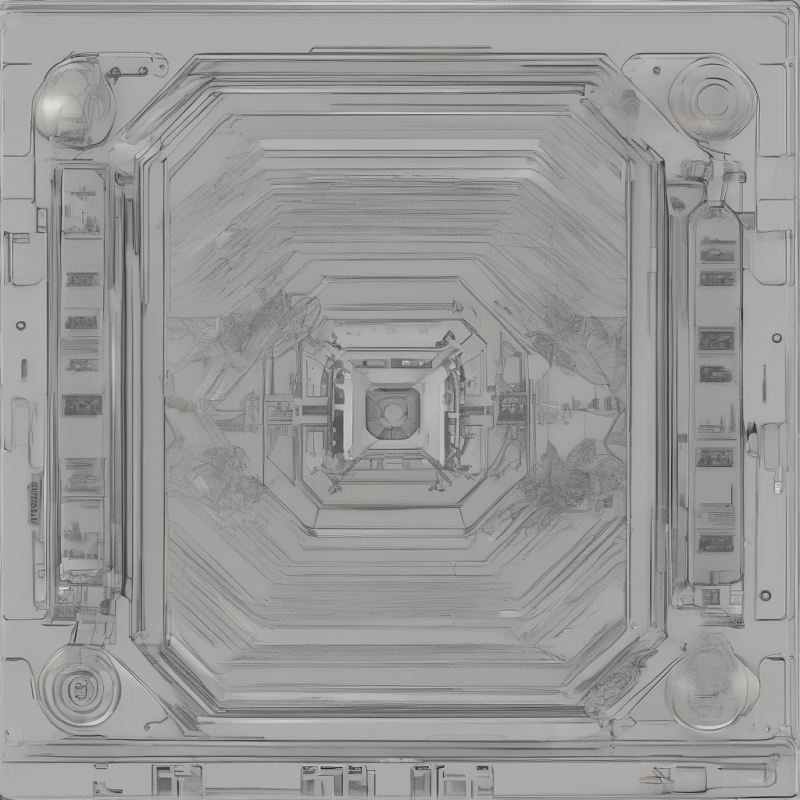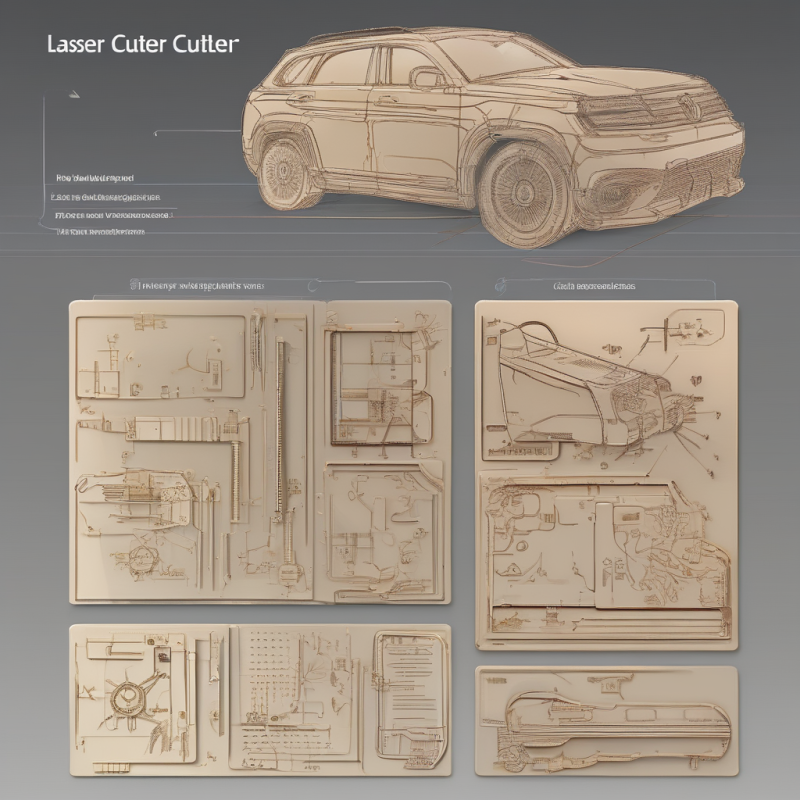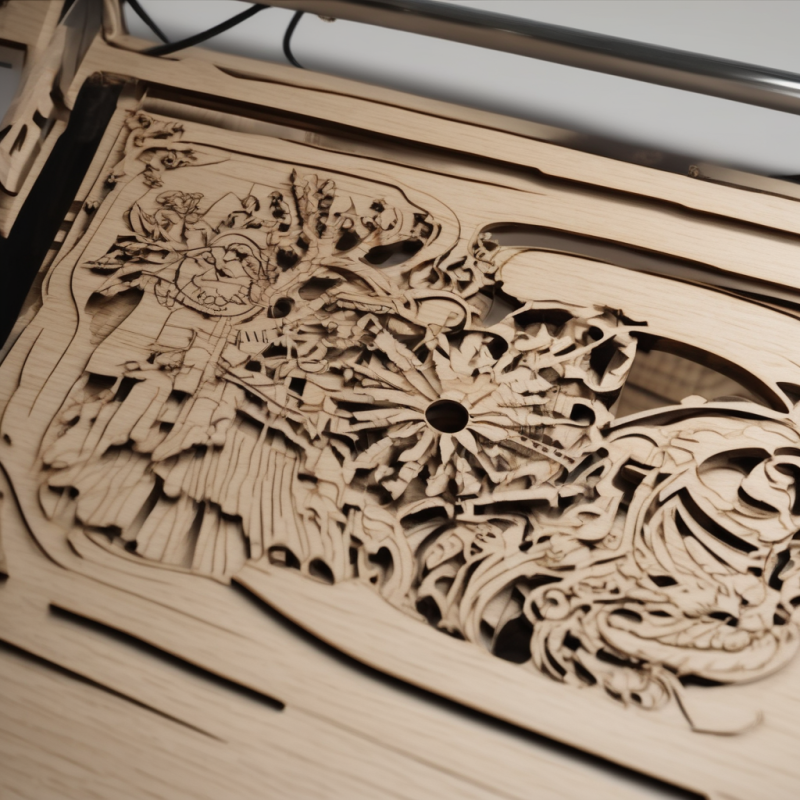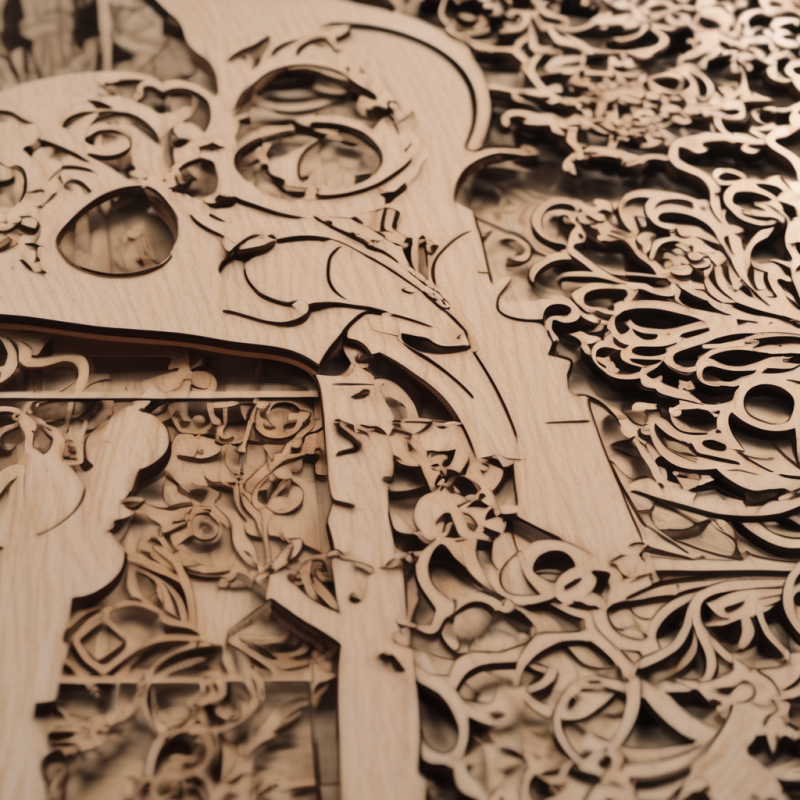Can You Laser Engrave Leather? A Comprehensive Guide
Laser engraving has become a popular method for adding intricate designs to various materials, but can you laser engrave leather? The answer is yes! Leather is an excellent material for laser engraving due to its natural beauty and versatility. In this article, we will explore everything you need to know about laser engraving on leather, including the benefits, process, types of leather suitable for engraving, and some tips for achieving professional results.
Can You Laser Engrave Leather?
If you’re wondering, “can you laser engrave leather?” the answer is a resounding yes. Laser engraving on leather creates stunning designs that are both durable and visually appealing. The process involves using a laser to remove or burn away layers of the leather’s surface, revealing a lighter or darker tone beneath, depending on the type of leather and the laser settings used.
Laser engraving offers several advantages over traditional methods like hand-stamping or machine cutting. It allows for precise control over the design, making it possible to create intricate patterns, text, or logos. Additionally, laser-engraved designs are resistant to fading and wear, ensuring that your custom leather products remain beautiful for years to come.
Benefits of Laser Engraving Leather
Laser engraving leather offers numerous benefits for both hobbyists and professionals:
- Precision: Laser engraving allows for highly detailed designs that are difficult or impossible to achieve with traditional methods.
- Customization: You can create unique patterns, text, or logos tailored to your specific needs.
- Durability: Laser-engraved designs are resistant to fading and wear, ensuring long-lasting results.
- Ease of Use: With the right equipment, laser engraving is relatively easy to learn and execute, even for beginners.
If you’re looking to add a personal touch to leather goods or create custom designs for resale, laser engraving is an excellent choice. However, it’s important to understand the process and choose the right tools for the job.
The Laser Engraving Process
Learning how to laser engrave leather involves understanding the steps involved in creating a design:
- Design Creation: Use software like Adobe Illustrator or specialized laser engraving software to create your design. Ensure that the design is suitable for engraving on leather, with appropriate spacing and line thickness.
- Material Preparation: Clean the leather surface thoroughly to remove any dirt or grease that could interfere with the engraving process. You may also need to sand the surface for a smoother finish.
- Laser Settings: Adjust your laser machine’s settings according to the type of leather and the desired depth of the engraving. Be sure to test on scrap material first to avoid mistakes.
- Engraving: Once everything is set up, you can begin engraving. The laser will remove or burn away layers of leather, creating your design. Be patient during this process and avoid moving the material or machine while it’s operating.
- Finishing Touches: After engraving, you may want to apply a finish like wax or oil to enhance the appearance of the leather and protect the engraved area.
If you’re new to laser engraving, start with simple designs and work your way up to more complex patterns. Practice on scrap leather until you feel confident in your skills.
Types of Leather Suitable for Engraving
Not all types of leather are suitable for laser engraving. The best results are achieved with smooth, fine-grained leathers that allow the laser to create clear, sharp designs. Here are some popular options:
- Cowhide Leather: Cowhide is a versatile and durable option that works well for laser engraving. It has a smooth surface and can be dyed in various colors.
- Suede Leather: Suede leather offers a soft, velvety texture that can produce beautiful engraved designs. However, it’s important to use the correct settings to avoid damaging the material.
- Faux Leather: Faux leather alternatives like PU or PVC can also be laser-engraved, though they may not offer the same natural beauty as real leather.
Avoid using laser engraving on heavily textured or embossed leathers, as these materials may not hold up well to the heat of the laser. Always test your chosen material on a small scrap piece before committing to a larger project.
Tips for Achieving Professional Results
To ensure that your laser-engraved leather projects look professional and polished, follow these tips:
- Use the Right Equipment: Invest in a high-quality laser engraving machine with adjustable settings to accommodate different types of leather.
- Practice on Scrap Material: Experiment with various designs and settings on scrap leather before starting your main project.
- Ensure Proper Ventilation: Laser engraving produces fumes, so work in a well-ventilated area or use a ventilation system to protect yourself from inhaling harmful particles.
- Add Finishing Touches: Consider applying wax or oil to your engraved leather pieces for added protection and a polished appearance.
If you’re looking to create custom leather goods, laser engraving is a powerful tool that can take your projects to the next level. With practice and the right materials, you’ll be able to produce professional-grade designs that are sure to impress.
Conclusion
Laser engraving on leather is a rewarding process that allows for unlimited creative possibilities. Whether you’re making custom leather goods for personal use or resale, this technique offers precision, durability, and versatility that traditional methods simply can’t match. So, the next time you wonder, “can you laser engrave leather?” remember that not only is it possible, but it’s also a fantastic way to add a unique touch to your projects.
Now that you know how to laser engrave leather, why not give it a try? Start with simple designs and gradually work your way up to more complex patterns. With practice and patience, you’ll be able to create stunning custom leather pieces that are sure to turn heads.


